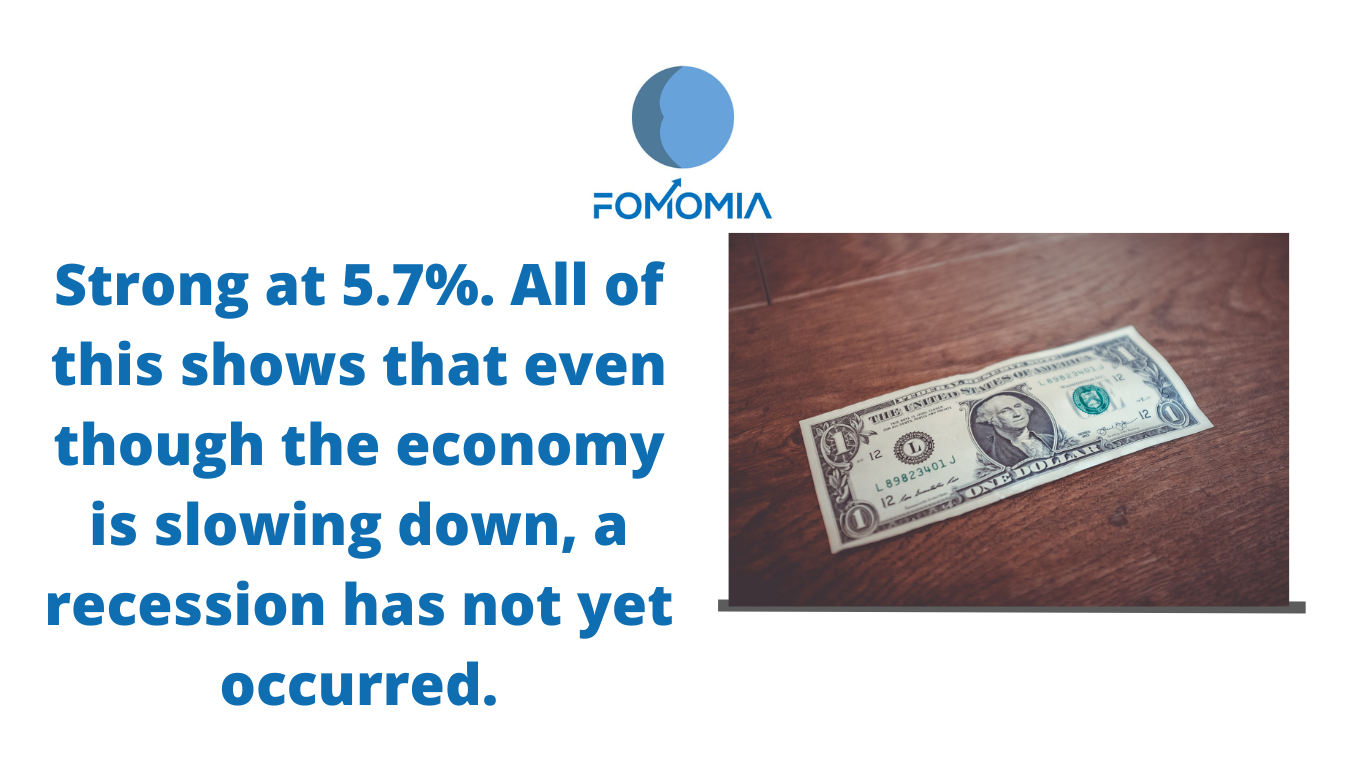Strong at 5.7%. All of this shows that even though the economy is slowing down, a recession has not yet occurred
However, the majority of analysts continue to predict a recession for the second half of the year. The tightening of monetary policy that has been put into place over the past year is anticipated to have a significant delayed effect that hasn't yet been completely taken into account. Raphael Bostic at the Atlanta Fed believes it may take 18 to 24 months.
Yields are honest.
Banks are reducing lending at the same time because of the deposit runs that caused several regional banks to fail. We also observe the emergence of an inverted yield curve, one of the most accurate predictors of an impending recession.
Longer-term bonds often have higher interest rates than short-term ones because investors need to be compensated more for locking in their money for longer periods of time. However, the yield on a two-year Treasury bond is currently much higher than a 10-year bond's yield and has been for a while. Investors moving funds into safer, longer-term assets as the economic outlook worsens drive up their prices and yields, which has been a reliable indicator of a recession.
Beyond this, core inflation (which excludes volatile energy and food costs) is still strong at 4.8%, considerably above the Fed's 2% objective, despite the fact that headline Consumer Price Index (CPI) inflation has been dropping. Despite a decrease in the cost of products, the cost of services is still high due to a competitive labor market.
Expanding debt
Although higher interest rates have reduced inflation, the cost for businesses to invest in innovation and growth rises the higher and longer they remain high. Although S&P 500 earnings are still robust right now, eventually this will show up in the bottom line.
Importantly, increased interest rates make it harder for American consumers to pay off their debt. All debt, whether it is credit card debt, mortgage debt, or auto loans, increases in cost and lowers available income. Consumer spending, which is so important to the economy, will be badly impacted by this, which will subsequently have an effect on business earnings and stock prices.
However, beginning in January 2023, monthly increases in retail sales have been observed. This means that consumer spending hasn't slowed down yet and that the U.S. recession may not start as soon as we think it will. In the end, there is no denying that the labor market is still robust and that consumer confidence is high for the second consecutive month. The tight job market and declining headline CPI inflation are most likely the causes of this, which affects all age groups and income brackets.
JP, do you feel fortunate?
We are in a critical period after the Fed increased interest rates by another 25 basis points, reaching their highest level in 22 years. At the Fed's September meeting, the question will be whether hiking will continue. After a year of strong consensus among policymakers, rifts are starting to show about how much farther to raise rates and how long to maintain high levels.
Even if markets have been dubious, a growing portion of Wall Street seems to think the Fed will probably prevent a recession and provide a "soft landing." The Atlanta Fed notes that it will take some time for the long-term effects of the quickest rate increase in history to manifest.
The FOMC appears to be following its plan, though, and another rate hike in September may result if inflation picks up throughout the summer as a result of consumers taking "revenge" buying sprees after the pandemic. However, rates that are high and elevated will affect capital spending. In fact, with 70 percent of small and medium-sized businesses already experiencing difficulties, access to financing is currently the top concern for entrepreneurs.
An economic downturn appears unavoidable in the face of this increasing pressure. Powell actually said that softer, "below trend" growth was even required to stabilize inflation after the July Fed meeting.
The rate of that softening is the sole issue at this point, and it greatly depends on what the Fed does next.


